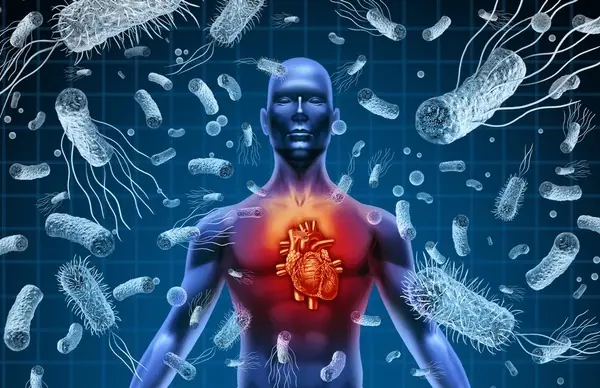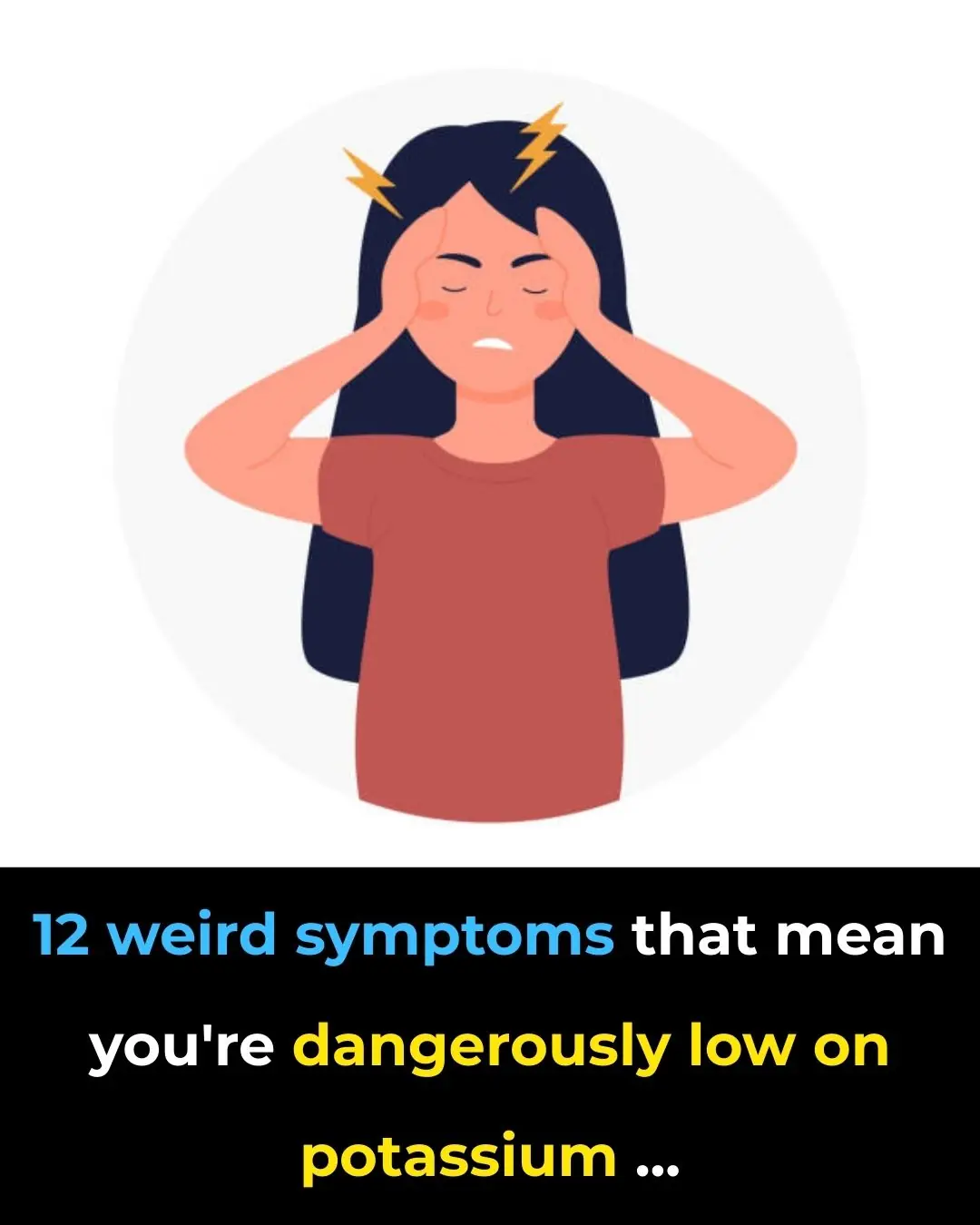
Microplastics Found in Reproductive Fluids, Raising Concerns Over Fertility Risks
Microplastics Found in Human Reproductive Fluids, Raising Fertility Concerns
Microplastics have infiltrated nearly every corner of the Earth, from the deepest trenches of the ocean to the icy peaks of Mount Everest. Now, scientists warn that these invisible particles may even be entering one of the most private and delicate areas of human biology — our reproductive systems.
Microplastics Detected in Semen and Ovarian Fluids
A team of researchers has revealed that microplastics are “common” in the reproductive fluids of both men and women. Their findings raise concerns that these particles could compromise the quality of sperm and eggs, potentially affecting fertility on a global scale.
The study analyzed seminal fluid from 22 men and follicular fluid from the ovaries of 29 women. Results showed that more than half of the samples contained plastic particles of varying types, including those from wool, polystyrene, food packaging, non-stick cookware coatings, insulation, and cushioning materials.
Dr. Emilio Gomez-Sanchez, lead researcher from the University of Murcia, explained:
“Previous studies had already shown that microplastics are present in multiple human organs. So while we weren’t entirely shocked to find them in reproductive fluids, we were struck by how widespread they were — appearing in 69% of women and 55% of men in our research.”
What Are Microplastics and Why Are They a Concern?
Microplastics are plastic fragments smaller than 5 millimeters. These tiny pollutants are created as larger plastics degrade or break down from consumer products. Because of their size, they easily enter the human body through food, drinking water, inhaled air, or even contact with the skin.
Once inside, they are capable of traveling through the bloodstream, embedding themselves in tissues, and potentially reaching organs critical for reproduction.
Animal studies have shown that microplastics can cause:
-
Inflammation in tissues
-
Free radical production that damages cells
-
DNA mutations and accelerated cellular aging
-
Hormonal disruptions affecting reproduction
Although this study did not prove a direct link to infertility, the presence of plastics in reproductive fluids strongly suggests a risk that needs urgent exploration.
Wider Context: Fertility and Environmental Pollution
The research team emphasized that more studies are necessary to confirm whether microplastics directly harm sperm and egg quality. Their initial findings were presented at the European Society of Human Reproduction and Embryology (ESHRE) and published in Human Reproduction.
Dr. Carlos Calhaz-Jorge, Immediate Past Chair of ESHRE, noted:
“Environmental factors affecting reproduction are undoubtedly real, although measuring them objectively is difficult. The authors found microplastics in more than two-thirds of the follicular fluid samples and over half of the semen samples. Although the significance of these findings is still unclear, it should strengthen the case for reducing our daily use of plastics.”
The global decline in fertility rates — already influenced by stress, lifestyle, and pollution — could potentially be worsened by microplastic exposure.
A Pattern of Worrying Discoveries
This study builds on earlier research that found microplastics in human breast milk, blood, lungs, and even brain tissue. Everyday products such as tea bags, chopping boards, and baby bottles have also been shown to release these particles, creating nearly unavoidable exposure.
However, some experts urge caution before drawing firm conclusions.
Dr. Stephanie Wright, Associate Professor of Environmental Toxicology at Imperial College London, pointed out:
“Without details on the size of the microplastic particles detected, it is hard to gauge the significance of these findings. There is also a high chance that samples could become contaminated with microplastics during collection, lab processing, or analysis.”
Similarly, Fay Couceiro, Professor of Environmental Pollution at the University of Portsmouth, stressed:
“This is a timely and interesting study, especially given the global decline in fertility rates. But presence does not equal impact. While microplastics have been found in reproductive fluids, we still don’t know how — or even if — they affect us.”
The Road Ahead
While there is no conclusive evidence yet that microplastics impair fertility, the discovery is another reminder of how deeply plastics have infiltrated human biology. The researchers plan to conduct larger studies to evaluate sperm motility, egg viability, and embryo development in relation to microplastic exposure.
For now, the best strategy remains prevention. Experts encourage reducing single-use plastics, improving recycling systems, and supporting innovations in biodegradable materials. On a personal level, using glass or stainless steel containers, avoiding microwaving food in plastic, and limiting bottled water can help reduce exposure.
Key Takeaway
Microplastics are no longer just an environmental issue — they have entered the most intimate aspects of human biology. While the full impact on fertility is still unknown, their presence in reproductive fluids underscores the urgent need for further research and stronger global efforts to reduce plastic pollution.
News in the same category


The gap between a woman’s legs can reveal that she is…

Horror as Cat Fur Vests Sold at Popular Shopping Centre

Engineers Invent Headset That Records Your Dreams – And Lets You Play Them Back When You Wake Up!

Brave Man Allows Black Widow to Bite Him

Arkansas woman accidentally discovers $27,000 dollars after kicking 'spiderweb' in park

4 Common Traits of Adults Who Grew Up Without Love

Watch – Mexico City is Converting Highway Pillars Into Vertical Gardens to Clean the Air and Beautify the City

Trump is Looking to Change Marijuana Laws in the Us and It Could Have a Major Impact

Decode the secrets behind human fingerprints.

Ch!lling simulation shows what actually happens to your body when you d!e

Scientists issue warning for surprising item people use that's 40 times dirtier than a toilet seat

Scientists reveal what your favorite way to eat eggs really says about you

Truth behind 5,000-year-old Stonehenge mystery as scientists reveal how it was actually built

New report reveals exactly which professions are most at risk from AI takeover in the next five years

12 Small Habits That Could Be Ruining Your Home

Are Brown Recluse Bites Really That Dangerous? Here’s What You Should Know

Blue Stop Signs: What Do They Mean?

16 Subtle Clues Your Partner May Not Be Loving You as You Deserve
News Post

Iconic internet feature set to be permanently shut down after 34 years

Are You Feeling These Symptoms? Here’s WHY It Could Mean Your Body Is FULL of Toxins!

30+ Enriched Reasons to Embrace Purslane (Portulaca oleracea)

12 Enhanced Benefits of Bull Thistle Root & How to Use It Naturally

Chromolaena Odorata: 15 Reasons to Explore Its Potential Benefits and Risks

Natural Juice Blends to Support Joint and Bone Health After Age 50 (Enhanced with Extra Benefits)

10 Nourishing Homemade Potato Face Packs (Enhanced with Extra Benefits)

Homemade Rice & Flaxseed Night Cream for Radiant, Youthful Skin

When Your Child Shuts You Out: How to Reconnect Without Losing Yourself

How to Marinate Fish for Maximum Flavor and Tenderness

The gap between a woman’s legs can reveal that she is…

Psychologists Say These 14 Behaviors Often Reveal a Toxic Personality

Which Is Better for Your Heart: Avocado Oil or Olive Oil? Experts Reveal the Truth
Calcium Deposition Can Increase Osteoarthritis Risk

IBD Linked to Higher Risk for Interstitial Lung Disease

12 weird symptoms that mean you’re dangerously low on potassium

One drink that repairs knee cartilage fast (doctors are amazed!)

How Often to Clean Your Shower Curtain — and These 6 Other Bathroom Items

8 Doctor-Approved Ways to Get Rid of Hyperpigmentation
